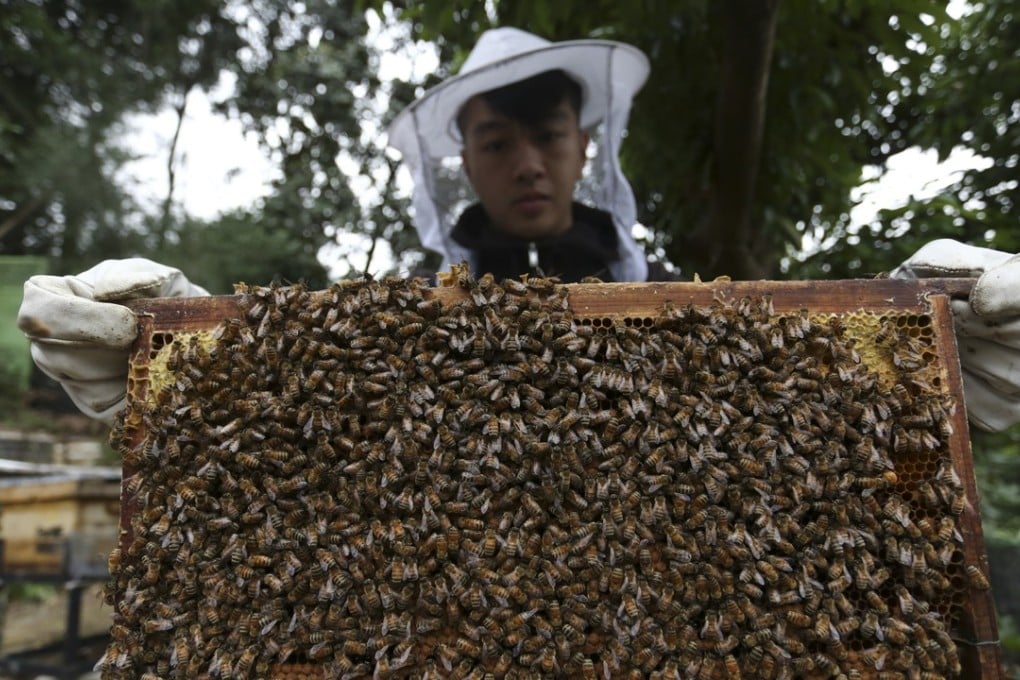Hong Kong’s accidental beekeeper and the buzz about ForMe Honey, organically produced in Tuen Mun
Tse Tai-hing produces honey from Italian bees, unlike most Hong Kong beekeepers who use Asiatic bees, and is happy to welcome visitors to his New Territories apiary to show them how it’s done

As he takes us for a walk behind his apiary, Tse Tai-hing, founder and beekeeper of ForMe Honey, lightly runs his hand along a pine tree branch. “You can really smell it when you do this,” he says.
Long before he was keeping bees in a small village in Tuen Mun, near the western border of Tai Lam Country Park, Tse, who has owned an advertising agency for more than 20 years, had been familiar with Hong Kong’s more remote areas. He and his nature-loving family are keen hikers and campers.
“Both my wife and I grew up in Tuen Mun, so we have a connection to the area,” Tse says. In fact, the apiary is located outside the house in which Tse’s wife lived. “She would swim in the creek just below,” he says.
“Generally, bees travel within a 5km radius from the hives but, here, they don’t need to,” he says.